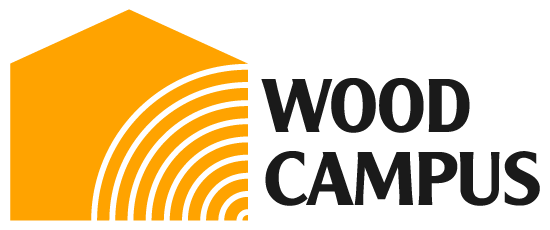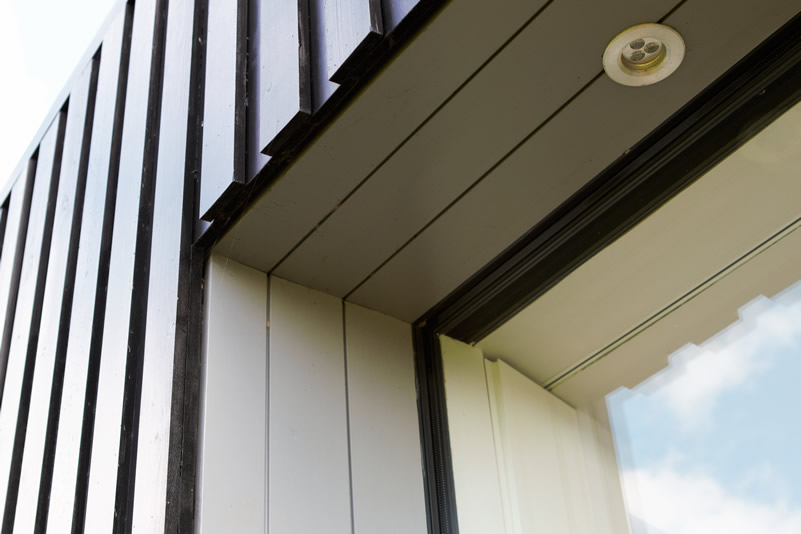Timber Cladding
Timber Cladding – Wood Campus Timber Trade Topics are produced in collaboration with Timber Development UK and our industry experts, in this case, the Timber Decking and Cladding Association. For further information and to download the latest TDCA Cladding Manual visit www.tdca.org.uk
TOPIC CHECKLIST
- Will the species be suitably durable?
- Is the profile appropriate for the direction of the boarding?
- Are the battens pressure-treated and strength-graded?
- Have you allowed the right cavity size?
- Do you need a breather membrane?
- Are you using the right fixings?
Timber Cladding – Choosing the timber species
If you’re using softwood, whether spruce (whitewood) or pine (redwood) you need good quality, slow growth timber, typically from Sweden and other Nordic countries.
Its moisture content should be between 16% and 19%.
Both pine and spruce need to be preservative pressure-treated to Use Class 3, even if you are going to paint them. Make sure the surface of the wood is thoroughly dry after treatment, otherwise any decorative coating won’t adhere well.
Other softwoods, such as Siberian larch, Douglas fir and Western red cedar may be used untreated, but you will need to specify heartwood timber (the sapwood excluded).
Many hardwoods, such as sweet chestnut, red louro and yellow balau can also be used untreated, as can modified timbers like Accoya™. In the latest version of EN350, European oak has been re-classified as Durability Class 2-4; to ensure oak is suitable for cladding, verify it meets Durability Class 2-3.
Some modified timbers and high tannin species, such as oak require special stainless steel fixings.
There are two main things to remember about timber cladding:
- Timber cladding must be designed so that it can dry out after it gets wet
- A decorative finish will affect the cladding’s appearance, but not necessarily its service life
Getting the detailing and fixing right are as important to the life of the cladding as choice of species.
BS 8605:2015 is the standard covering external timber cladding.
| NATURAL DURABILITY CLASS | NEED FOR TREATMENT/MODIFICATION | DESIRED SERVICE LIFE (YEARS) | |
|---|---|---|---|
| OCCASIONALLY WET | FREQUENTLY WET | ||
| 1 (Very durable) | Suitable without treatment | >60 | 60 |
| 2 (Durable) | Suitable without treatment | 60 | 30 |
| 3 (Moderately durable) | Suitable without treatment except for tall or exposed buildings | 30 | 15 (untreated) |
| 4 (Slightly durable) | Treatment required | 15-30 years treated | 15-30 years treated |
| 5 (Not durable) | Treatment required | 15-30 years treated | 15-30 years treated |
| COMMON NAME | NATURAL DURABILITY CLASS BSEN350:2:1994 | MOVEMENT | STRENGTH | |
|---|---|---|---|---|
| Temperate hardwoods | European oak | 2 to 4 | Medium | High |
| Sweet chestnut | 2 | Small | Medium | |
| Tropical hardwoods | Balau | 2 | Medium | High |
| Iroko | 2 | Small | High | |
| Massaranduba | 1 or 2 | Medium | High | |
| Opepe | 1 | Small | High | |
| Red grandis | 3 | Medium | High | |
| Red louro | 2 | Small to medium | High | |
| Tatajuba | 2 | Medium | High |
Moisture
Wood’s moisture content will change relative to its surroundings. Different species have different degrees of movement and this must be accounted for in timber cladding design.
Timber cladding should have a moisture content of 16% ± 3% at the time of installation. Wood expands across the grain, rarely along it. Oak, pine and spruce will change 1% in dimension for every 4% change in moisture.
Good design and installation practice will help minimize the effects of moisture:
- Use species that are dimensionally stable or with small to medium movement
- Use wood specifically processed for timber cladding
- Use eaves and overhangs to deflect rain – or flashing to protect the board tops
- Finish cladding at least 200mm from the ground or a horizontal surface. Where possible use a surface that diffuses rain, such as gravel
- Board widths should generally be 4 to 6 times board thickness (typically less than 150 mm)
- Design detailing must include measures that minimise water penetration
- T&G boards should have a tongue long enough to stay engaged if it shrinks
- If finishing with a pigmented coating, apply the basecoat and at least one top coat before installing
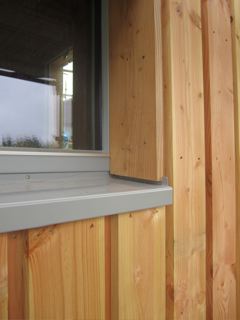
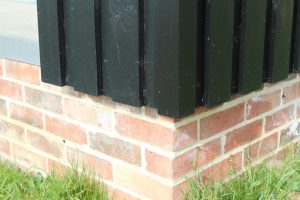
Choosing the board profile
There is a wide choice of standard profiles available in softwoods, modified woods and hardwoods typically up to 150mm in width. Are you laying the boards horizontally, vertically or diagonally? Check which profiles are suitable.
Styles can vary from one manufacturer to another, so always obtain samples and agree quality parameters before ordering.
If you need a bespoke profile or specific species, contact a member of the TDCA.
Only specify cladding manufactured under a recognised quality scheme such as the TDCA CladMark/ISO09001.
Thickness is largely determined by the profile required. Guidance is available in British Standard BS8605: External Timber Cladding Part 1: Method of specifying.
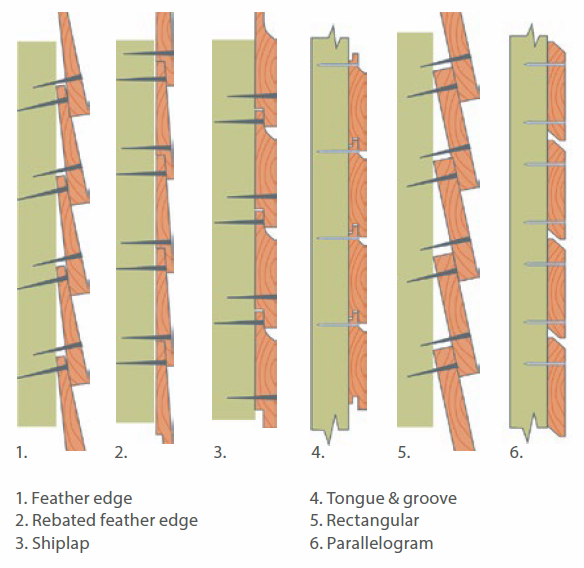
Direction of boarding
Timber Cladding can be applied in any one of three directions, which will have an impact on the methods of fixing as well as on the overall look of the façade.
Horizontal boarding
Available with overlapped or profiled sections.
Shiplap or feather edge boards should have a minimum 15mm overlap, and 2mm gaps between the up-stands.
Tongue and groove boards should have a maximum face width of 125mm, with a 2mm clearance above the tongue for expansion. Install with the tongue upwards.
Open joint boards should have an 8-15mm gap at the ‘water face’. Chamfered edges allow the boards to overlap slightly, reducing any exposure of the cavity.
Vertical boarding
Board-on-board, shiplap and tongue and groove profiles are used. Tongues need to be long enough to allow for slight movement of the timber so that open gaps do not develop with atural movement. The face width of tongue and groove vertical boards should not exceed 125mm.
The most versatile fixing method is board-on-board. Any overlap should be a minimum of 20mm.
Diagonal boarding
Overlapping boards are not suitable. Shiplap boards are advisable and should be fixed to battens. Use counter-battens to provide ventilation.
Avoid sharp edges on cladding. A minimum radius of 3mm on the bottom of horizontal cladding will help shed water and prevent it tracking up the back of the cladding.
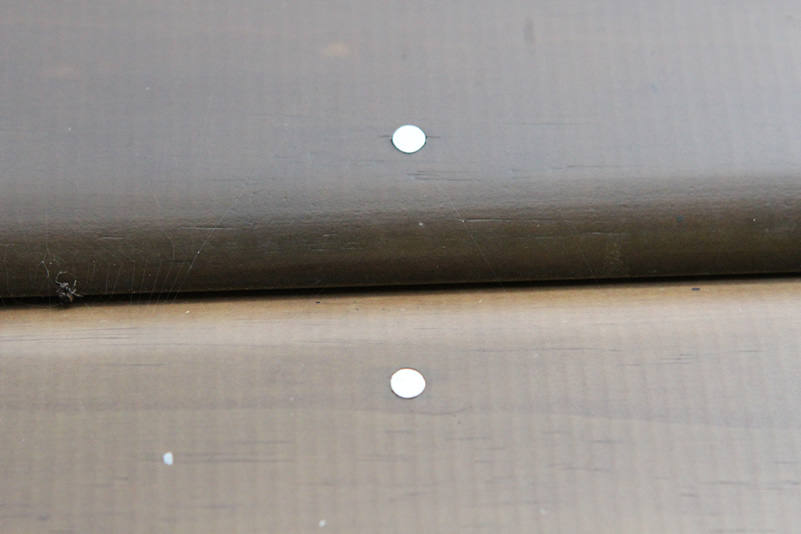
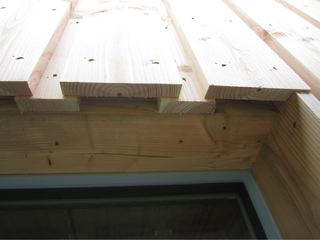
| PROFILE | CLADDING JOINT | HORIZONTAL | DIAGONAL | VERTICAL | THICKNESS |
|---|---|---|---|---|---|
| Tongue & groove | Closed | Yes | Yes | Yes | 20mm min |
| Rectangular | Closed | No | No | Yes | 16-25mm+ |
| Feather edge | Closed | Yes | No | No | 9mm x 16-15mm |
| Shiplap | Closed | Yes | No | Yes | 18mm |
| Parallelogram | Open | Yes | No | No | 16-25mm+ (up to 50mm) |
Board lengths
-
Most softwoods are available up to a maximum length of 4.8m
-
Most temperate hardwoods are available up to around 3.6m
-
Tropical hardwoods are available in maximum lengths of 2.1m to 4.2m, depending on the species
Battens
Use softwood battens that are preservative treated for a BSEN335:1 use Class 3 application and structurally graded to ensure they are able to carry the weight of the board material.
Fix horizontal boards to vertical battens, taking care where boards are jointed to ensure they sit securely on sufficient batten width.
Fix vertical boards to horizontal battens, with vertical ‘counter’ battens to facilitate drainage and ventilation. Horizontal battens should have the top edge machined at an angle to help shed water into the cavity.
Support battens should be fixed at spacings of no more than 600mm, whether vertical or horizontal, and at no more than 400mm for diagonal boards. Use 400mm centres for high moisture content species, such as green oak.
Design detailing
Specification sheets for design details are available on Wood Campus:
- Cavities, structural supports, battens and membranes
- Installing horizontal cladding (new build)
- Installing horizontal cladding (existing buildings)
- Fixing horizontal cladding
- Installing vertical cladding (new build)
- Installing vertical cladding (existing buildings)
- External corners
- Detailing openings (horizontal cladding)
- Detailing openings (vertical cladding)
- British Standards and Building Regulations
Cavities
Create a well-ventilated cavity of at least 21mm. The more open the cladding style, the wider the cavity required to protect against moisture penetration.
On timber frame buildings, the minimum sized batten (21mm) may be used so long as its position coincides with wall studs.
Breather membranes
Timber frame buildings: The inner wall structure should be fitted with a breather membrane to seal the building against damp and weather penetration. The membrane should be durable and tear resistant in accordance with Type 1 membranes in BS4016.
Masonry buildings: Fitting a breather membrane between cladding and battens attached to a property with cavity walls is not essential. Use a waterproof coating, membrane or wax-treated insulation board where cladding is fitted to an existing building with solid walls.
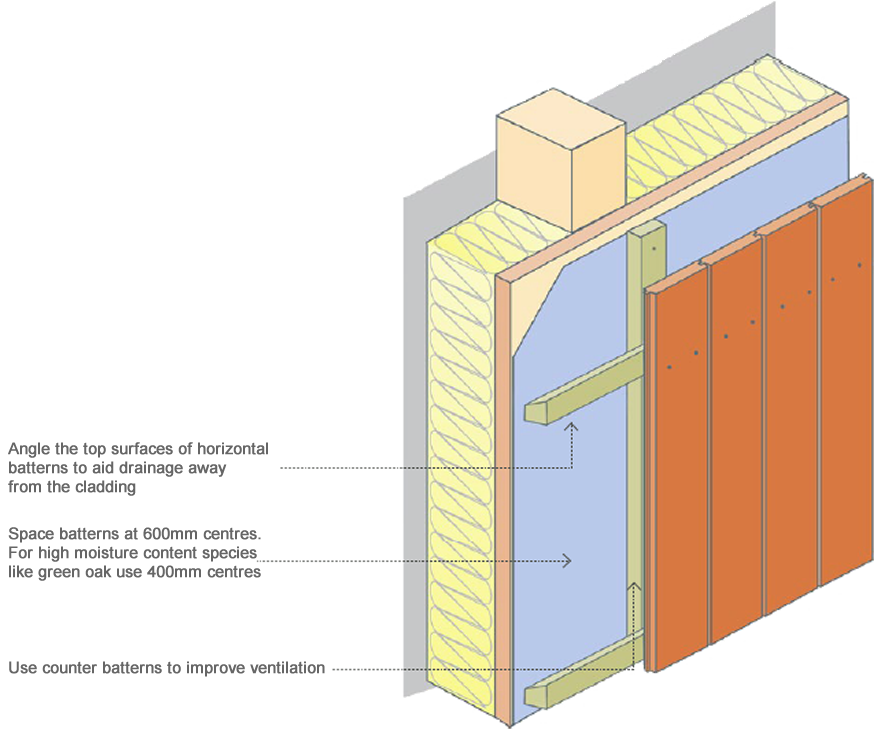
Fixing cladding
Softwood
- Use stainless steel annular ring shank nails (essential for high tannin species or those installed ‘green’)
- The nail penetration into the batten is generally twice the thickness of the board being fixed
- Punch the nail slightly below the wood’s surface
- Use double fixings for boards over 125mm wide
- Make sure that butt joints always meet on sufficient batten support width
Hardwood
- Use counter-sunk stainless steel screws
- Slight over-sizing of the screw holes will allow for any movement in the wood and prevent splits
- Where ‘green’ wood is used, it may be necessary to fit washers to the screws to maintain the fixing security
Some modified timbers, such as Accoya™, are acidic and require high quality stainless steel fixings.
Finishes
Use a specialist water-based micro-porous coating, opaque or semi-translucent.
Coatings adhere better to sawn than planed boards.
Re-coating before failure of the system means you don’t have to spend a lot of time preparing the surface.
Pre-finished boards are widely available.
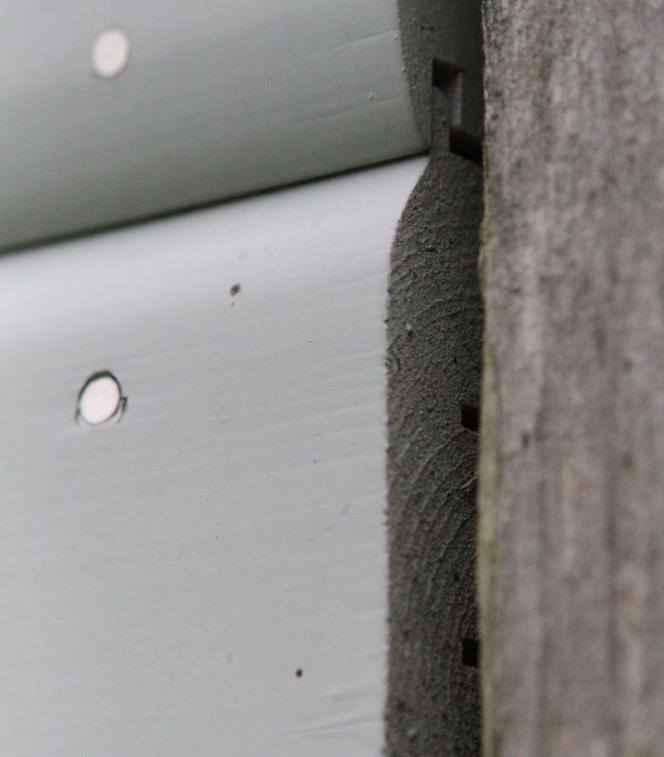
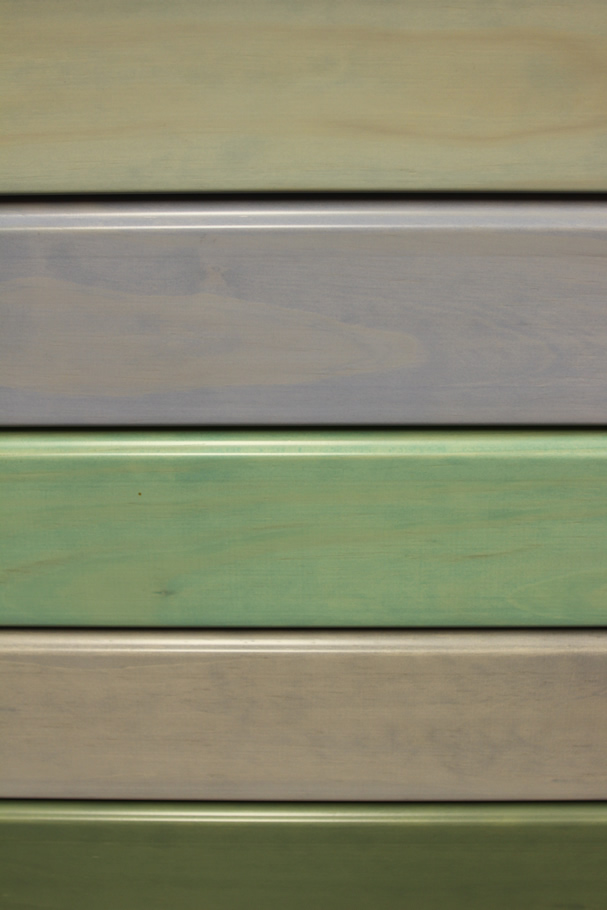
Further information and advice British Standards
-
BS 8605-1:2015 Method of specification
-
BS 8605-2:2015 Code of practice for design and installation
-
BS 1183-3 Timber for workmanship in joinery
-
BS 8417:2014 Preservation of timber
-
BS EN 350-1,2 Durability of wood and wood-based products
-
BS EN 14915 Solid wood paneling and cladding
-
BS EN 15146 Solid softwood paneling and cladding. Machined profiles without tongue and groove
See Cladding resources on Wood Campus.
See Cladding resources on Timber Decking and Cladding Association website www.tdca.org.uk
Compliance
This factsheet was correct at the time of writing but should be viewed in the context of the latest building regulations, for example Approved Document B and Amendments.
These can be found at www.gov.uk/government/collections/approved-documents
Sustainable timber
Timber is the most sustainable mainstream building product. It is naturally renewable. Over 90% of timber used in UK construction comes from Europe, where more trees are grown than harvested (source: TTF Statistical Review 2016).
Softwood and temperate hardwood forests in Scandinavia, Europe, Canada and North America are stable or growing. Growing forests act as carbon sinks; wood products act as carbon stores.
Ask for PEFC or FSC Chain of Custody certification.
See Wood Campus RIBA CPD module Procuring Sustainable Timber for more on timber certification and sustainability and government requirements.

